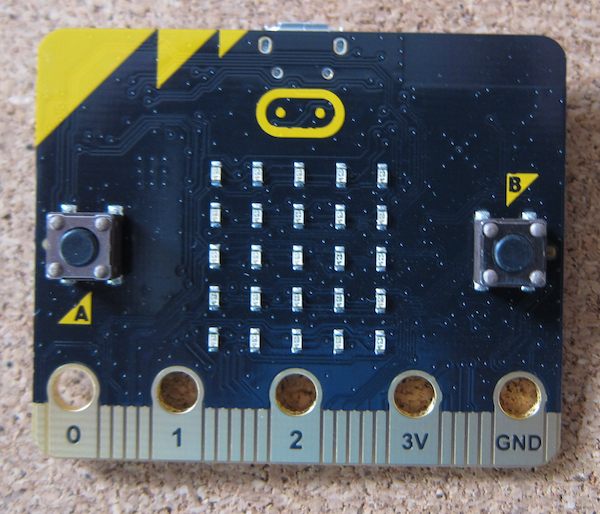Introduction
The SD and micro SD card are now nearly
ubiquitous. Every year the size and speed improve (while
the cost only fluctuates).
I use a GoPro camera that takes SD
cards, and have recently started to use 64GB cards as that means that
I only have to worry about battery life and not running out of
storage.
My desktop computer happily reads the cards and
allows me to view the photographs and video. While I am away, I take
a Raspberry Pi as an entertainment system
and to back up my videos. I discovered that my new 64GB card was not
visible to the Pi.
SDXC cards (greater than 32GB capacity)
SDXC (Secure Digital eXtended Capacity) extended the capacity of
SD format cards beyond the 32GB limit of the previous SDHC (Secure
Digital High Capacity) standard. However, they are supplied and
assumed to use the proprietary exFAT file system.
Some card readers will always assume that the card will be exFAT
format and will treat any other format as defective. This can lead to
data loss
Raspberry Pi reading exFAT SDXC cards
Out of the box the Raspbian cannot read SDXC cards formatted with
the exFAT filesystem. Due to the patented technologies inherent in
any implementation of exFAT, it is not possible to include solutions
capable of implementing exFAT in Linux.
However there are solutions within the official repository for
Raspbian (and most other Linux distributions).
At the command line or open a terminal window and use the
following
Sudo apt-get install exfat-fuse exfat-utils
Restart and you will be able to read your SDXC card and look at
the photographs from your camera.
Booting from a 32GB+ SD/Micro SD card
The Raspberry Pi Bootloader can only read FAT and FAT32 cards, and
as noted above 64GB and above cards are supplied with the exFAT
format.
To use a 64GB card as a boot card it needs to be formatted to
FAT32.
The built in disc formatting tools on Linux and MACOS are quite
capable of formatting the cards. Make sure to select the FAT32
format.
The case with Windows is slightly different, a third party producr
will need to be used as the Windows disc formatter will only format
cards greater thn 32GB to exFAT.
References
https://en.wikipedia.org/wiki/Secure_Digital#SDXC
https://en.wikipedia.org/wiki/ExFAT
https://en.wikipedia.org/wiki/ExFAT#Reimplementations
https://www.raspberrypi.org/documentation/installation/sdxc_formatting.md










